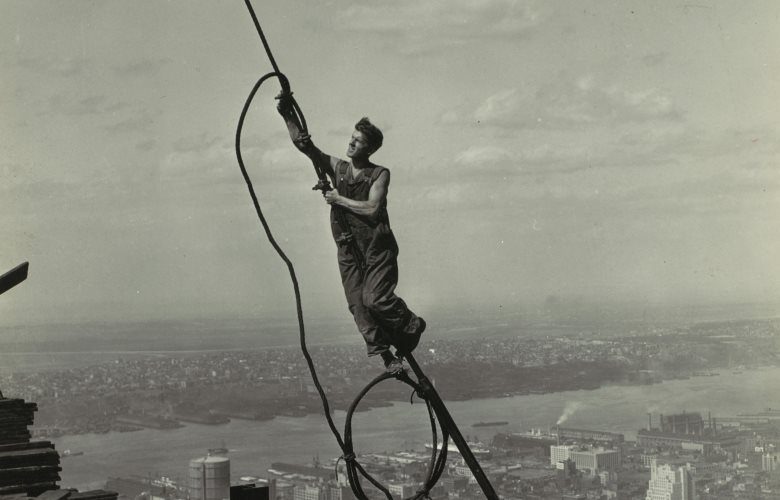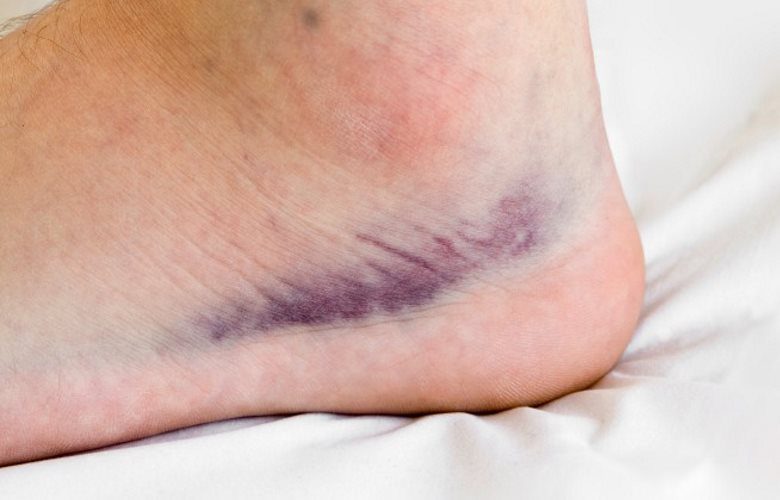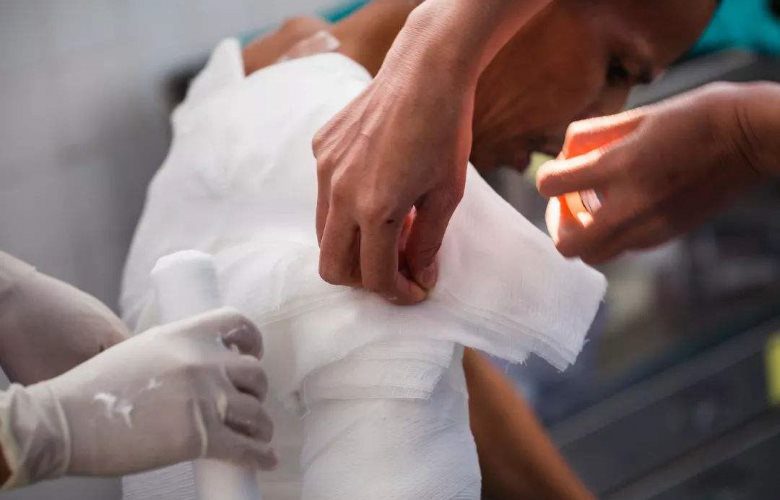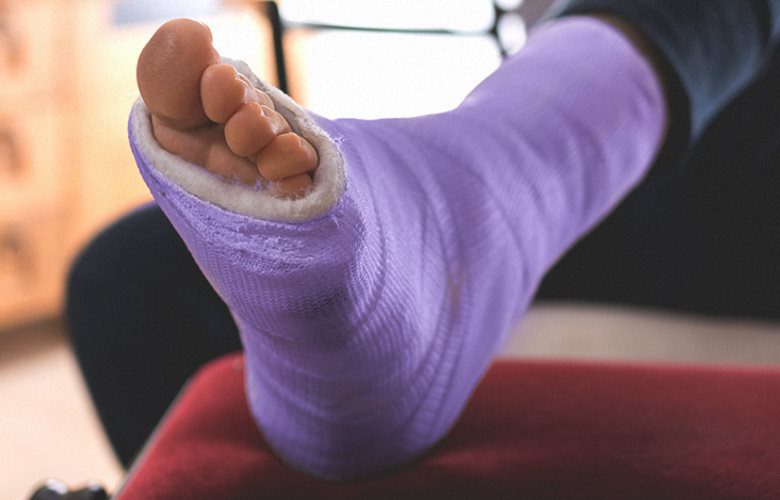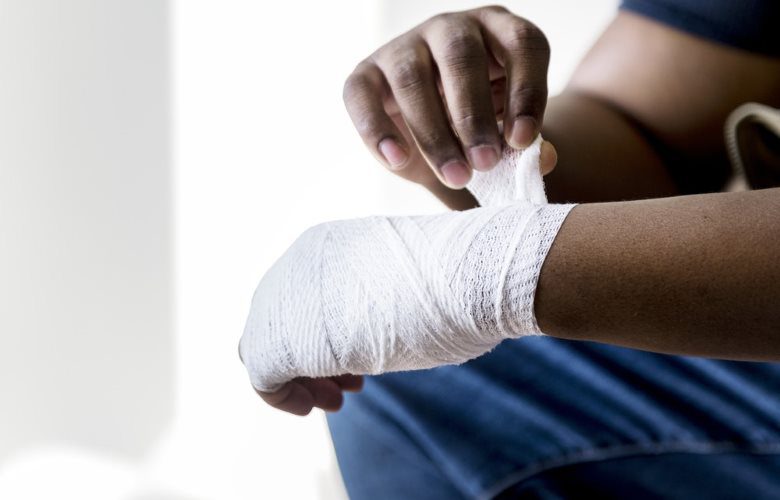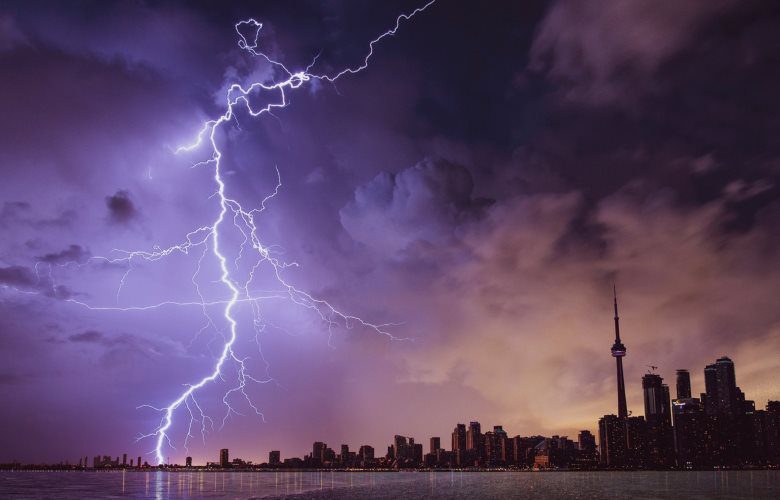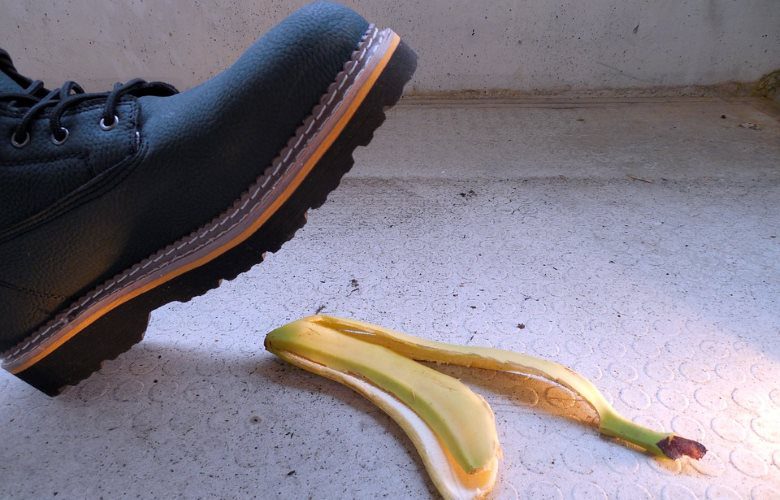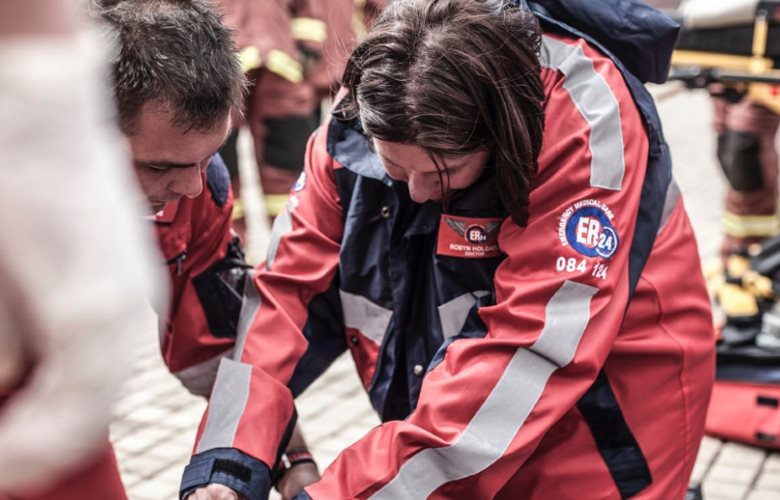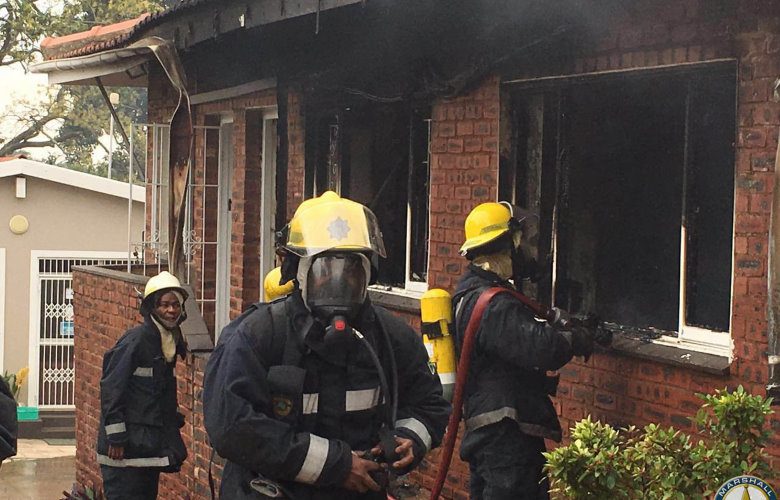We often find fall or crush injuries in construction areas. How do we respond to these incidents, and how can we better protect our workers from falls?
We raised this with some of the experts in EMS:
What are the most important steps taken by emergency services on the scene of a fall incident?
Irrespective of the nature of the emergency and especially if there are multiple patients, our approach is always the same:
- Scene safety. Even with EMS the first assessment we undertake, even before we get on the scene, is about the safety of the scene and we implement measures if possible to make the scene safe or request further assistance.
- One of the first steps is to make sure that emergency workers are kept safe. From there, we will stabilise the object, making sure that no further harm can come to the patient.
- In structural collapses, the scene needs to be stabilised with specialist equipment to prevent further collapse if there are still unstable structures present.
- We assess if we will need further assistance, this could range from requesting more paramedics to attend or requesting rescue services or police.
- We determine how many patients there are, where they are located and what their injuries are. We use this to determine which patients we treat first.
- It is vital to allocate the correct personnel/level of care to the correct patient. It is also important to assess if more / additional specialist equipment or services will be required to complete the task at hand.
- While treating patients we decide which patients need to be transported first from the scene and the level of the hospital to which the patient requires being transferred.
- The priority with the patient is to maintain airway breathing and circulation.
What are the major differences between the injuries sustained and treatment required when a person [pedestrian] falls from a height as to when an object falls onto him?
The injuries may differ quite a bit.
- Injuries from a fall from a height will most likely impact injuries whereas objects falling on patients will most likely result in crush injuries.
- Both incidents may result in general fractures as well as general soft tissue injuries.
- Paramedics will assess the patient and treat his injuries symptomatically.
- In falls we expect to see fractures- to the legs, arms and spine as well as head and spinal injuries.
- When falling items cause injuries it may range from local trauma at the site to the person becoming trapped under the object, depending on the size.
- Much depends on the height the patient fell from, and on what service the patient landed.
- In the case of falling from heights, your whole body can be injured, in the case of a pedestrian accident, the point of impact can be on the part of the body, that can accrue in spinal injuries. Common injuries suspected can be head injuries and spinal injuries.
Any advice you would like to offer to a parent and the public on the response to falls?
- Prevention is better than cure.
- Please remember your own safety first, don’t walk on uneven grounds, and be careful always.
- The most important advice is to remain calm and make sure once emergency services are called, that accurate and correct information is given for emergency workers to give the best possible care.
- Take extreme caution with small children where a hazard exists that can cause falling from a height i.e. an open/unprotected window on a second story, an open balcony etc.
- Also, teach children not to play at or on dangerous structures such as gates or trenches that could possibly collapse.
This covers many safety aspects which can be implemented to try and prevent someone from falling in the first place, in the home, office and industrial site:
- slippery floors are a big risk, clean standing water on floors and doormats can prevent excess water from being carried onto interior floors.
- stairs must have a railing and preferably a non-slip edge.
Industrial sites:
- Safety precautions of equipment must be adhered to, irrespective of the equipment being used
- Safety equipment like hard hats and fall harnesses are very important
- Scaffolding needs to be used according to specs and safety checked before people climb on it.
- Many fall cases involve people who have fallen off a ladder when using a ladder.
- Make sure the ground is firm and level
- Don’t take distractions, like cell phones up the ladder
- Don’t climb all the way to the top of the ladder as it becomes unstable, a longer ladder is then needed
- Don’t stretch or lean while on the ladder
- Have someone hold the ladder at the bottom.

